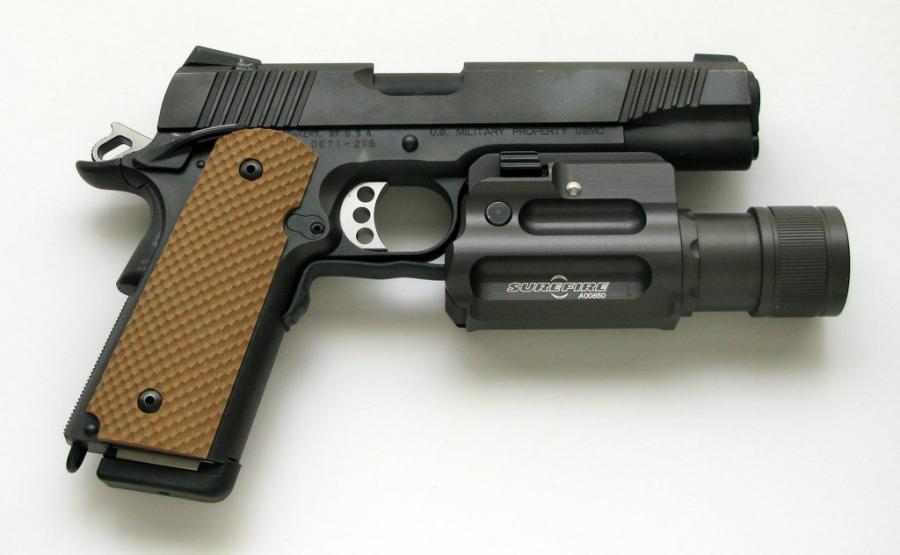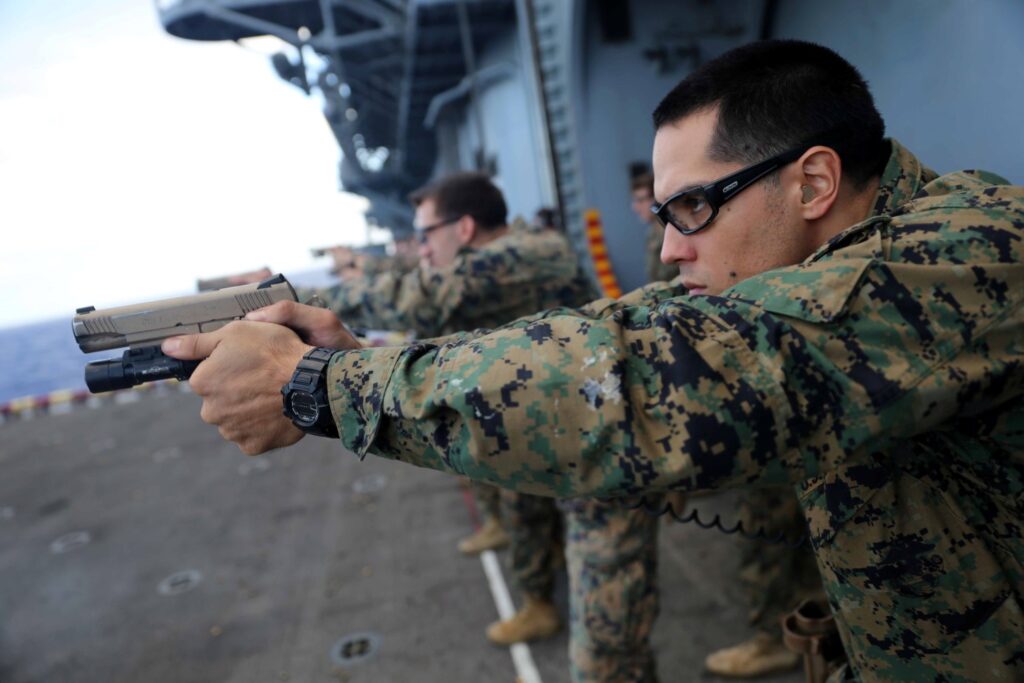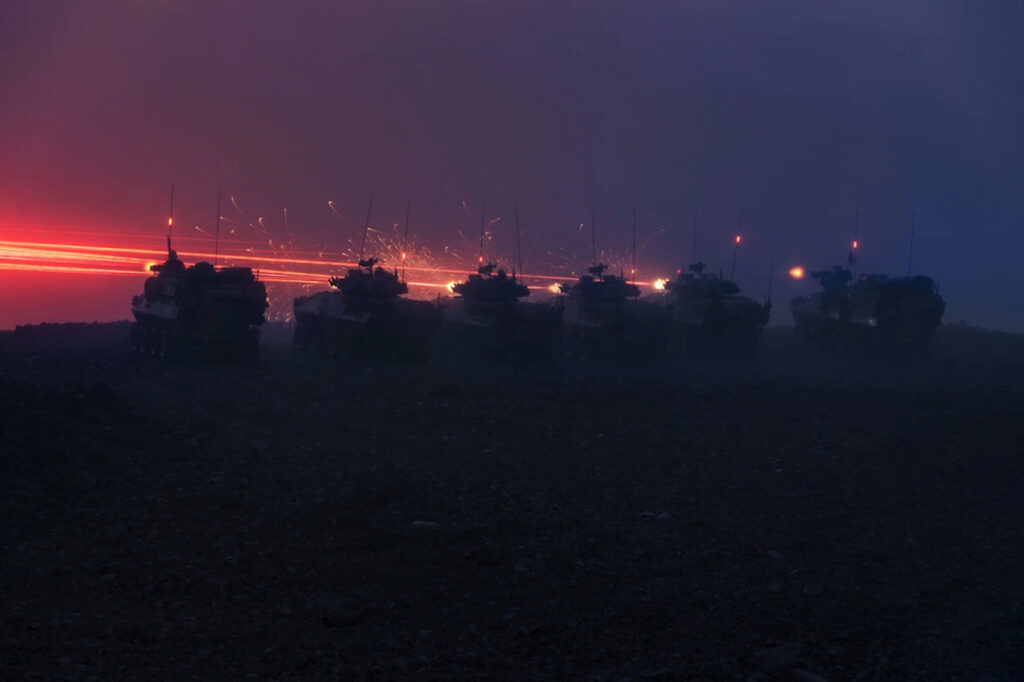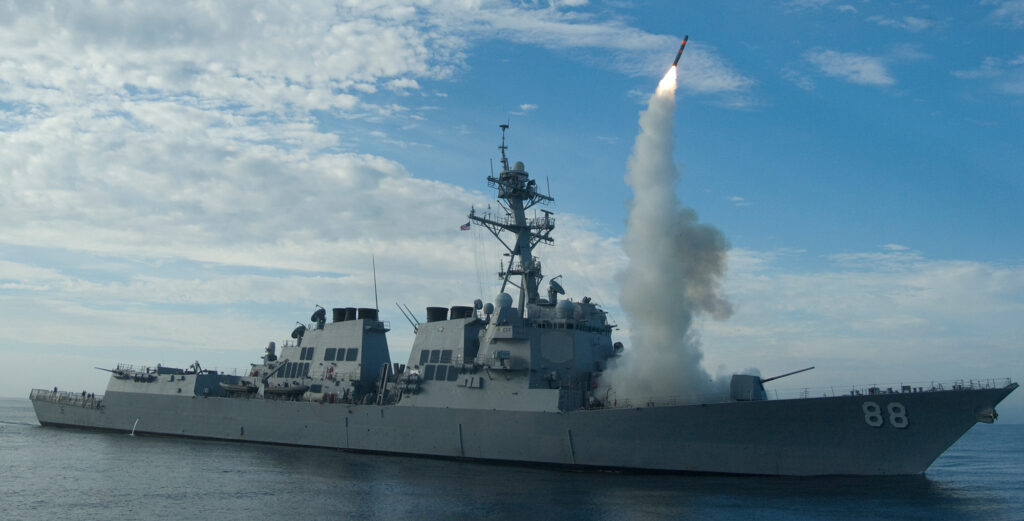Sometime between the XM9 trials and the adoption of the Beretta M9, Colonel Robert Young, USMC, laid out a series of improvements the military could make to the M1911A1 service pistol that had been serving for decades. These specifications would go on to influence the M1911A1 pistols adopted by Force Recon Marines in 1985 and the pistols became known as the MEU(SOC). (MEU(SOC) stands for Marine Expeditionary Unit (Special Operations Capable) and refers to Marines deployed to sea as a force in readiness.)
Force Recon was slow and reluctant to give up the MEU(SOC) for the Beretta – despite the latter being a much more modern pistol. This was because, according to the officer-in-chief of the Marine Corps Precision Weapon Shop, the M1911A1 frames were the only ones strong enough to withstand the Force Recon training regimen.
Force Recon Marines may fire thousands of rounds during a pre-deployment workup. Their guns are stripped down to their frames every 10,000 rounds and rebuilt as long as the frame is still within military specifications. According to the author of Strong Men Armed, Patrick Rogers, some of these frames have had up to half a million rounds fired through them.
There is also a good chance that Force Recon just wanted to keep the .45 ACP as during that time, our understanding of handgun performance and ballistics was lacking and the idea that a bigger, heavier bullet was better was somewhat held as correct.
Further, although the MEU(SOC) pistols were older than the Beretta’s but offered several upgraded and advanced features. The sights, for example, were bigger and easier to see. The trigger was a mere 3.5 pounds, and not everyone cared for Beretta’s DA/SA design.
The Marine Corps Precision Weapons Shop took the standard M1911A1 stripped away the slide, barrel, trigger, sights, pins, mainspring and mainspring housing, ejectors, firing pens, and sear springs, and replaced them with commercial parts – it essentially only kept the frame. The new slides came from companies like Springfield Armory; the sights were high-visibility Novak designs. Ed Brown also supplied parts, as did Wilson Combat and King’s Gun Works. The result was an extremely modern pistol for the time.
The ICQB pistol

The original MEU(SOC) served by itself until right around 2003. Yet, as the Global War on Terror quickly expanded, the Corps’ Precision Weapon Shop could not timely produce enough MEU(SOC) to arm Force Recon and the new Marine Corps Special Operation Command.
To satisfy that need, the Marine Corps began searching intensely for commercial off-the-shelf option and settled on the LAPD SWAT team’s Kimber M1911A1 pistols. This weapon, named the ICQB, which stands for Interim Close Quarter’s Battle pistol, did not replace the MEU(SOC) pistol but supplemented it.
The ICQB featured Novak LoMount Night Sights, a flat mainspring housing, and a lanyard loop. The Marine Corps replaced the black plastic grips with Simonich Gunner Grips, installed an Ed Brown Memory Grip Safety, and swapped the mags for Wilson Combat magazines. And, since the Corps couldn’t wait for a railed version, Dawson Precision installed a Picatinny rail. Finally, the Force Recon and MARSOC Marines adopted the Surefire Integrated Military Pistol Light for the weapon.
However, the Kimber guns were meant as a quick interim solution to satisfy increased demand for the MEU(SOC).
Related: Explaining the diverse mission set of MARSOC’s commandos
The new MEU(SOC) pistol takes over

In 2005, Force Recon put out a call for a new MEU(SOC) pistol. Initially, they landed on the Springfield Armory Professional Model. The FBI Hostage Rescue Team used the same pistol, so it had a bit of a proven reputation.
The Professional Model was a modified M1911 design. It featured an integral Picatinny rail for mounting accessories, ambidextrous safety, an extended beavertail, high visibility sights, and G10 grips.
The Corps announced its intent to purchase 150 Professional models, however, it continued to shop for an MEU(SOC) replacement.
Finally, after a competition that involved the Professional Model, the Marine Corps settled on a railed Colt M1911, which became known as the M45A1 CBQP or Close Quarter’s Battle Pistol. This gun would go on to become the new MEU(SOC) pistol.
The CBQP featured a rail for accessories, ambidextrous safeties, an extended beavertail, large night sights, a recoil-reducing dual recoil spring, and a match barrel. The weapon had a very distinct FDE finish and a set of G10 grips.
Eventually, the MEU(SOC) pistol began its decline. MARSOC dropped the M45A1 for the Glcok 19 since that was the standard sidearm of SOCOM and recently, we’ve seen Force Recon operating with the SIG Sauer M18 series pistol. The MEU(SOC) has still been seen somewhat recently with Force Recon reserve forces, but it appears the gun has mostly been put out to pasture. After over a century of service, it’s only right to let the MEU(SOC) and M1911 as a whole retire.
Read more from Sandboxx News
- How Marine Raiders benefit from their diverse occupational and cultural backgrounds
- The Royal Navy is going through difficult times
- Becoming a Marine Raider officer
- Peak stubbornness: When Navy SEALs trained with Slovenian mountain warfare troops
- The Navy’s plan to keep its warships in the fight: Rearming at sea





